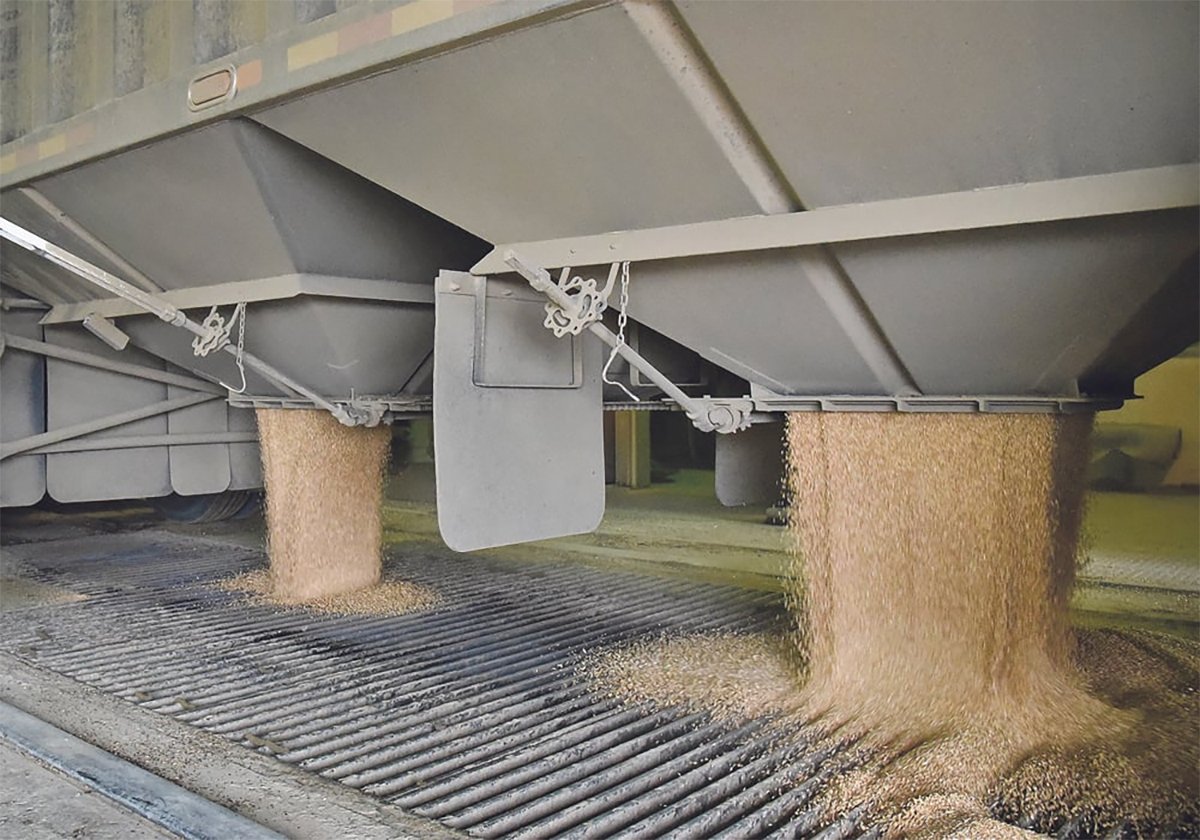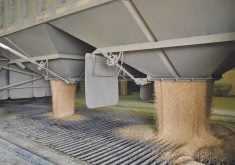Toyota’s Sienna is a Japanese mini-van in name only.
It was designed in Detroit, styled in California and 80 percent of its components come from North America, which is more than some American cars can claim.
It will also be built in the United States.
Pricing for the new van is similar to and in some cases less than the previous generation, when equipment levels are factored in.
Sienna does all the things that last year’s model does, except better.
Take ride quality for example. Independent MacPherson struts with an L-shaped lower control arm and a stabilizer bar up front sound
Read Also

Worrisome drop in grain prices
Prices had been softening for most of the previous month, but heading into the Labour Day long weekend, the price drops were startling.
normal, but normal and average don’t seem to be in the Toyota dictionary.
The tuning that has gone into the springs and shocks as well as the attention paid to the geometry has produced another noticeable improvement in ride quality and handling.
The old Sienna was a bit cramped so the 2004 version is 10 centimetres wider and 13 cm longer than the previous van.
Toyota engineers took nearly a metre out of the turning radius and fit it in the new low slung chassis.
Inside, usable interior volume has increased dramatically, particularly behind the third row of seats.
One of the biggest gripes about all mini-vans was that with the third row in place, there was nearly zero cargo space. Now, you can at least get the groceries in the back without folding the seats down.
If you do want to fold the rear seat down, Toyota made this chore so easy that you have to wonder why it took so long to figure out.
It is like folding a hide-a-bed from behind. Pull strap one to fold the seat back down, pull strap two and the collapsed seat comes back to you and then you lean on the seat to push it down into the floor. If required, repeat for the other side of the split seat.
For those with young families, options such as power sliding side doors come in handy, as does the provision for child seat anchoring.
It doesn’t seem to matter where you mount the child seat – getting at it is pretty easy. There is plenty of space between the seat rows.
Once you are loaded to the nines, getting from A to B in many vans becomes a leisurely affair with plenty of planning required for merging, lane changing and other chores.
Not quite so with the Sienna.
The 242 pound feet of torque (230 horsepower) kick in fairly early to give you a good shove down the road and the five speed automatic transmission isn’t reluctant to smoothly downshift and find the right gear to make the best use of that shove.
Depending on family size and how well your kids get along on a trip, you can configure your Sienna in several ways.
Second and third row seats fold and flip individually.
In top line trim, the second row bucket seats, which replace the second row bench seat, even have height and tilt adjustable head rests.
One point of interior design that will take a bit of getting used to is the shifter mounted on a slight projection from the centre of the dash.
The logic behind such placement is two fold. The lever doesn’t block the view of instrumentation and it gives the interior a
car-like feel. Also, the position frees up floor space to accommodate items such as purses and gloves.
Boosting the Sienna into the near luxury category are options such as power windows in the rear power sliding doors and an electrically heated space at the base of the front windshield that melts ice off frozen wipers.
Add in items that we have come to expect, such as heated power assisted exterior mirrors, a HomeLink garage door opener and front and rear stereos with cordless headphones, and you know that your second and third row guests will be well entertained while they occupy the optional leather covered seats.
All this comfort means nothing if you have to herd the thing down a gravel road.
My test Sienna tracked true through loose gravel and didn’t wander about on some of our less than perfectly maintained roads.
The van didn’t do the sidestep when I hit a washboard, which made driving much easier.
I put this down to three things: good suspension; good tire choice and the
optional all-wheel-drive system that Toyota puts on this van.
Sienna vans will be available in CE, LE and XLE trim levels, all of which use the same engine and transmission.
LE and XLE can be ordered with the new all-wheel-drive system, which splits the torque evenly between the wheels.
Better yet is the corporate attitude of offering more for less.
Toyota has announced that it is holding the line on price increases on most models while only having minor increases on others in spite of putting more equipment in as standard.
Charles Renny is a freelance automotive columnist and a member of the Automobile Journalists Association of Canada. The opinions expressed in this column are the personal views of the writer.














